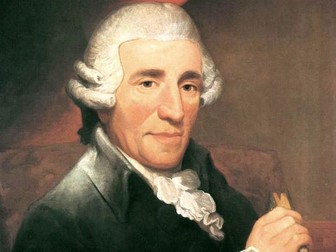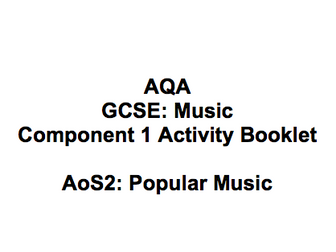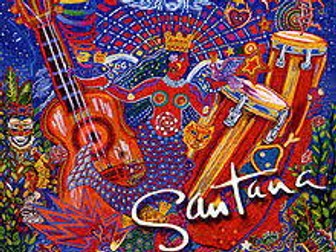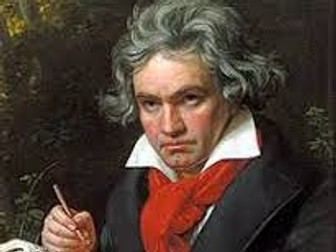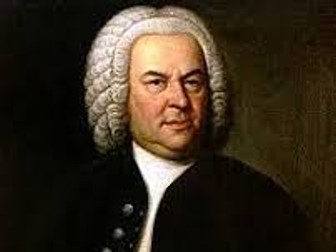
AQA GCSE - AoS 2 - The Beatles Sgt Peppers Analysis Sheets
Hi
I have used these sheets to help pupils analyse the three set works in the AQA Music syllabus for Popular Music.
I saw the idea being used in an English lesson where pupils were analysing poetry. They would read the poem and identify key devices and write them on a sheet similar to this. They would then use the sheet to construct answers
I have used this technique withn my own pupils when analysing the songs. It helps scaffold the areas they need to analyse (melody, harmony, rhythm etc)
I would print the blank sheet in A3 and give this to pupils. They would then use scores, internet and other classmates to fill it in with interesting points. I have included a word document so that they can be edited as I tend to add questions and other points for differentiation.
We would then discuss the music as a class and fill in any gaps that are missing (Using the teacher sheet)
I would then allow pupils to use the sheets to construct extended answers which is a requirement in the exam. I would use questions such as “Describe the harmony and melody of Little Help from My Friends” “Explain how the use of technology influence Lucy in the Sky with Diamonds” etc. Pupils can then develop their own questions for others and can be used as a revision aid.
You may use them as you please
All resources have been created with the AQA teaching resources from the AQA website
While I have attempted to add as much information as possible, this is not a definitive guide to the syllabus and should be treated as an activity to aid teaching.
I have also included a presentation on technology in the studio and a starter/comprehension activity
Thanks
Mike


